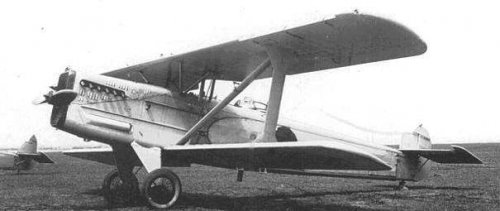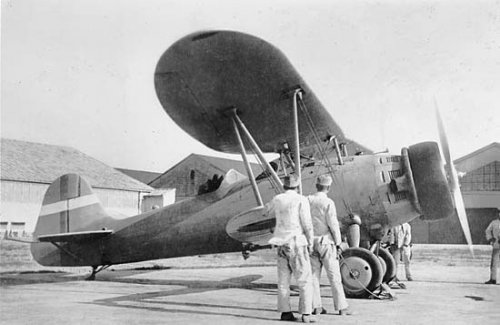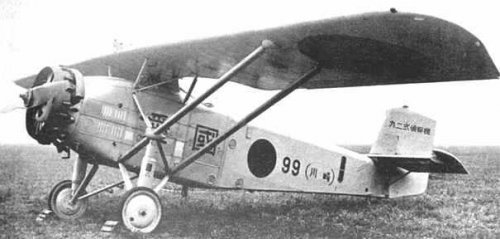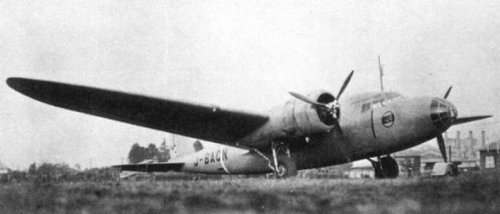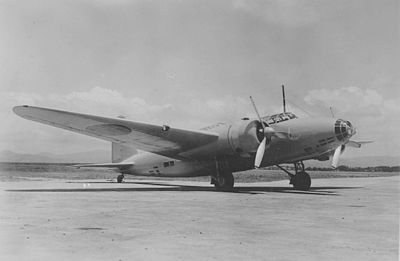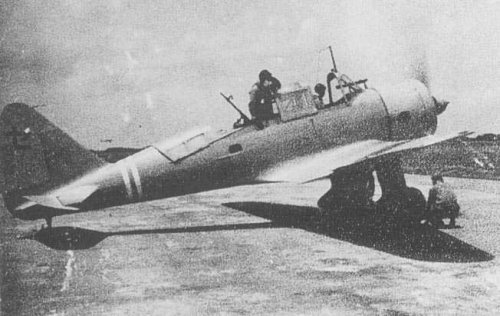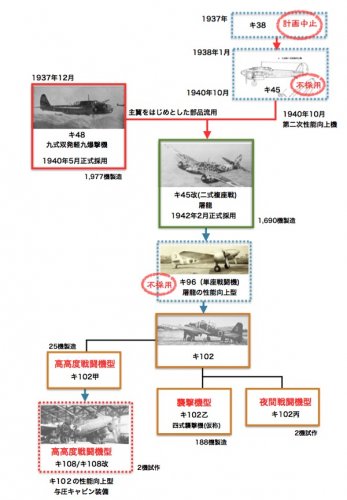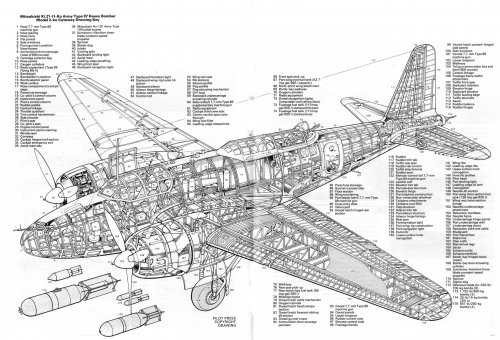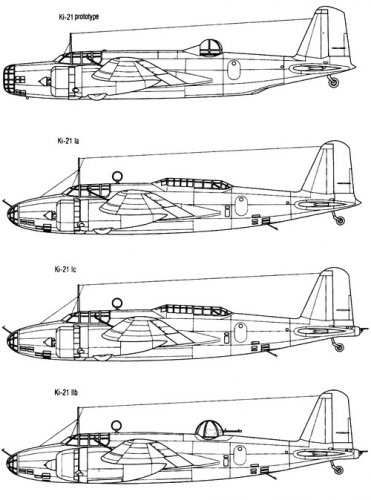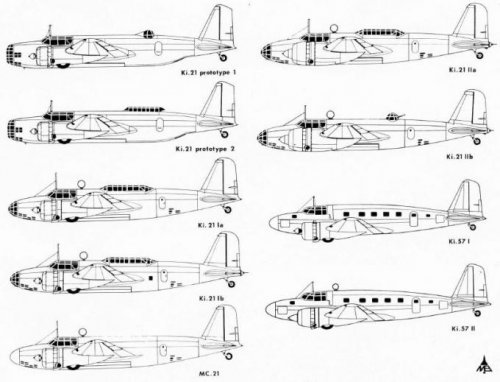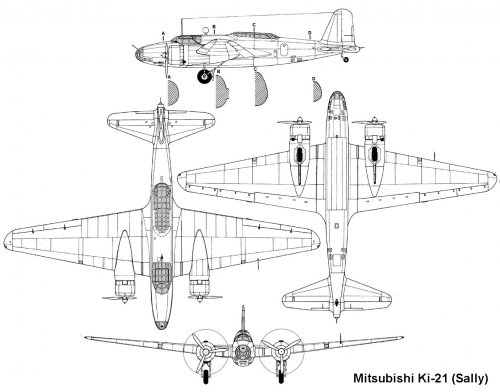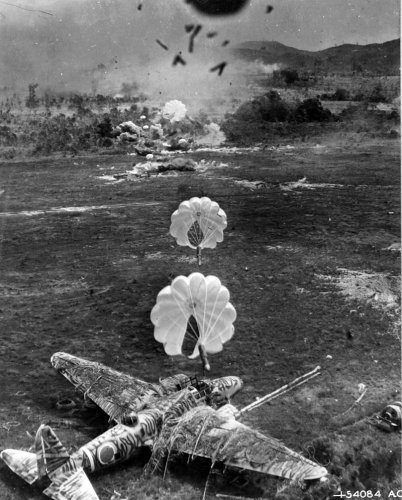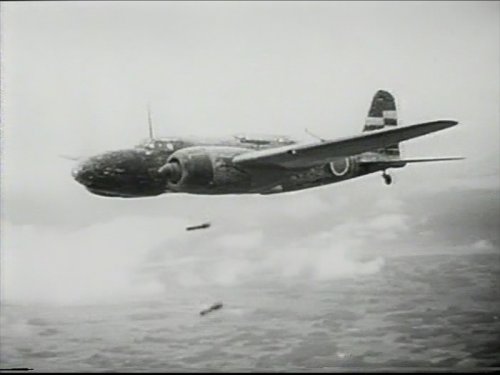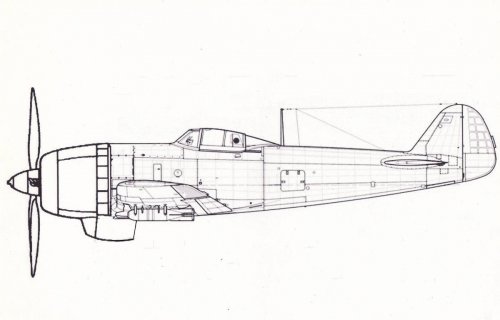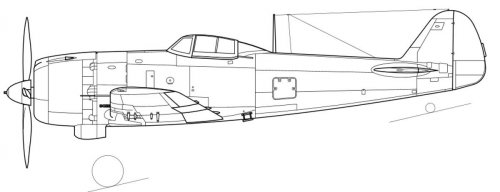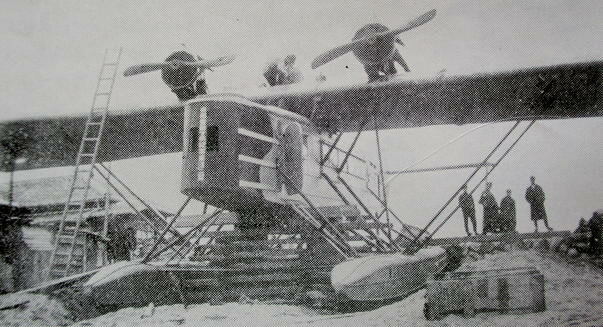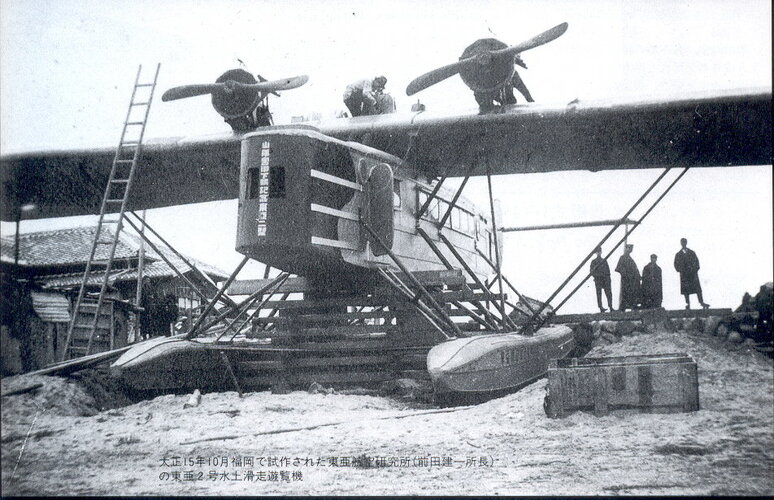On wikipedia https://en.wikipedia.org/wiki/Japanese_military_aircraft_designation_systems
we have Nakajima Ki-13 ( attacker airplane) , Mitsubishi Ki-14 (recon. coop.) , Kawasaki Ki-22 , Tachikawa Ki-29 , Mitsubishi Ki-42 ( Heavy Bomber ) , Nakajima Ki-37 ( fighter) , Mitsubishi ki-39 , Mitsubishi Ki-40 ( HQ Recon. ) , Mitsubishi Ki-47 (L. Bomber ) , Mitsubishi Ki- 50 ( H. Bomber ) and experimental Kawasaki Ki-89 all aircraft remained remained at state of projects .
Sorry but my desire of knowlegde is uncontainable
we have Nakajima Ki-13 ( attacker airplane) , Mitsubishi Ki-14 (recon. coop.) , Kawasaki Ki-22 , Tachikawa Ki-29 , Mitsubishi Ki-42 ( Heavy Bomber ) , Nakajima Ki-37 ( fighter) , Mitsubishi ki-39 , Mitsubishi Ki-40 ( HQ Recon. ) , Mitsubishi Ki-47 (L. Bomber ) , Mitsubishi Ki- 50 ( H. Bomber ) and experimental Kawasaki Ki-89 all aircraft remained remained at state of projects .
Sorry but my desire of knowlegde is uncontainable

